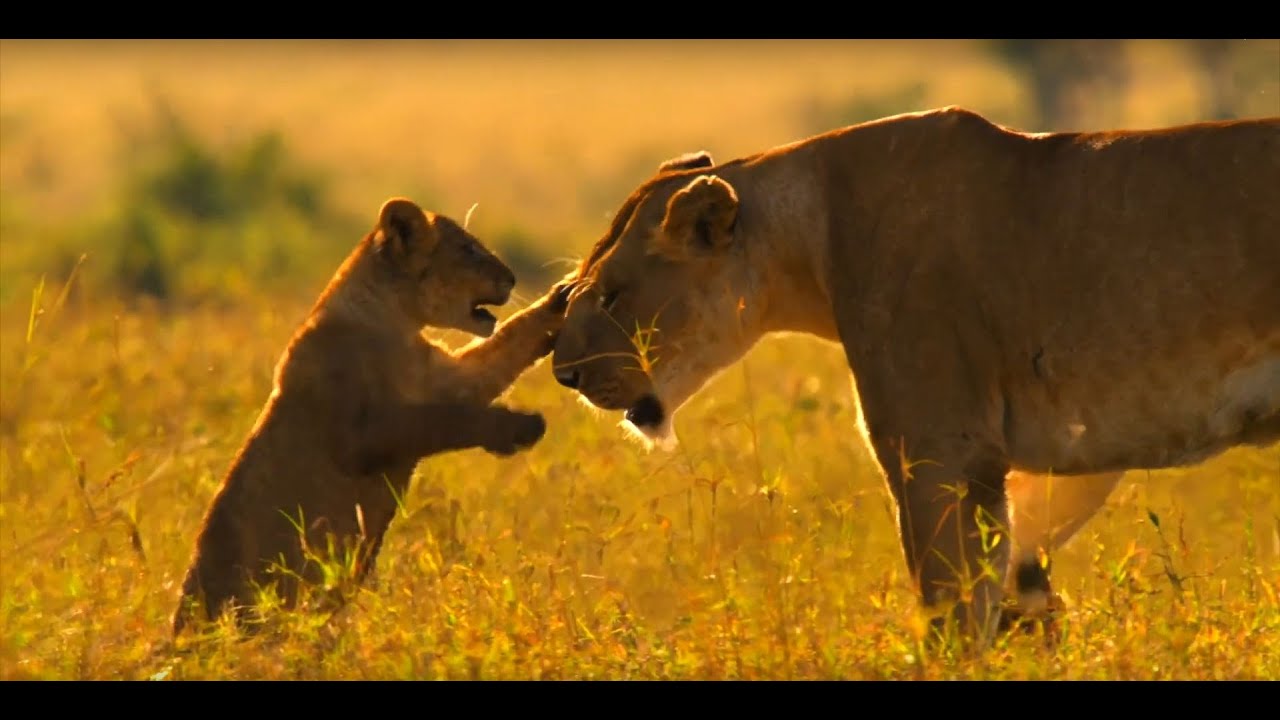- Overview of Wild Africa in 3D at Moody Gardens, emphasizing the immersive experience and innovative technology used.
- Exploration of the ecosystems and wildlife featured in Wild Africa, with a focus on conservation and biodiversity.
- Examination of zoological principles highlighted in the experience and their relevance to education and wildlife awareness.
- Analysis of zoo management practices and ethics, discussing the role of institutions in conservation and education.
- Insight into wildlife conservation efforts inspired by experiences like Wild Africa in 3D and their global impact on environmental sustainability.
The Wild Africa in 3D experience at Moody Gardens offers an extraordinary opportunity to witness the intricacies of Africa’s vibrant ecosystems. This experience uses state-of-the-art 3D technology, providing visitors an immersive view, right from the lifelike landscapes to the astonishing diversity of creatures that roam them. By combining technological innovation with educational narrative, Wild Africa in 3D bridges the gap between the viewer and the intricate natural world, fostering a greater understanding of the challenges and triumphs within African ecosystems.
Exploring the African biomes within this experience offers deep insight into their rich biodiversity and the complex interdependence between species. Africa’s ecosystems range from sprawling savannas to dense rainforests, each home to unique fauna and flora that play a critical role in maintaining ecological balance. Through dynamic 3D visualization, the spotlight is cast on predators like lions and cheetahs, alongside herbivores such as elephants and gazelles, demonstrating the food web and survival strategies employed by these animals. The visual journey also highlights the ecosystem engineers, like elephants, whose actions shape their habitats, affecting countless other species.
The educational value of Wild Africa in 3D extends beyond witnessing wildlife interactions. Key zoological principles are intricately woven into the experience, illustrating concepts such as adaptation, mutualism, and predator-prey dynamics. For instance, the depiction of giraffes using their long necks to reach high foliage exemplifies evolutionary adaptations that have allowed them to thrive in competitive environments. Smaller, lesser-known creatures, like dung beetles, are also brought to the forefront, their ecological importance underscored as they recycle nutrients back into the soil.
The application of ethical zoo management practices within experiences such as Wild Africa in 3D is crucial for refining public perception and enhancing educational outcomes. Modern zoos and wildlife exhibits must navigate public concerns around animal welfare and conservation impact. Viewers are educated on ethical considerations, including habitat reconstruction, species-specific care, and the support of sustainable populations both in zoos and natural environments. By conveying these practices, institutions aim to inspire respect and advocacy for the subjects displayed, driving home the integral role of zoos in conservation efforts.
Wild Africa in 3D also serves as a beacon for global wildlife conservation efforts. The eye-opening experience urges viewers to reflect on the larger environmental challenges faced by wildlife, such as habitat loss, poaching, and climate change. Relationships between humans and wildlife are examined, sparking dialogue about sustainable coexistence and conservation strategies. Conservation efforts inspired by these experiences have a ripple effect, encouraging participation in local and international initiatives aimed at preserving biodiversity.
In summary, Wild Africa in 3D at Moody Gardens harnesses cutting-edge technology to deliver a critical educational experience that elucidates the beauty and complexity of African ecosystems. By focusing on key zoological concepts, ethical zoo management, and proactive wildlife conservation, it transforms curiosity into activism, empowering audiences to contribute to the protection and appreciation of wildlife on a global scale. This transformative experience aims to sow seeds of awareness and action, ensuring the rich tapestry of life continues to thrive for future generations.
*****
Source Description
View Showtimes: https://www.moodygardens.com/attractions/3d-4d-theaters
Take the safari adventure of a lifetime in the BBC Earth documentary, Wild Africa, now playing at the Moody Gardens® 3D Theater. Wild Africa takes audiences on a spectacular journey across, over, and through the magical realms of the wildest continent on earth. Audiences will be plunged into fantastic places and meet amazing creatures, discovering the fascinating secrets of this incredible world.
See Africa on-screen like never before from the highest snow-covered mountains in Kenya, along great rivers, into steamy rainforests and wide-open savannahs. It reveals the striking contrast of stunning deserts beside wild oceans and dives into the sunlit abundance of the coral reefs. In a final, epic giant screen experience the movie chases the great rains of the African summer storms that annually bring life to the magnificent continent.
ABOUT THE 3D THEATER: Enjoy the films on the world’s first giant-screen 4K 6-Primary Laser Projection System in the Moody Gardens 3D Theater. Already featuring the largest screen in Texas and top-of-the-line surround sound system, this state-of-the-art 3D viewing experience gives guests the best viewing experience in the world.
Moody Gardens® is a public, non-profit educational destination utilizing nature in the advancement of rehabilitation, conservation, recreation, and research.


